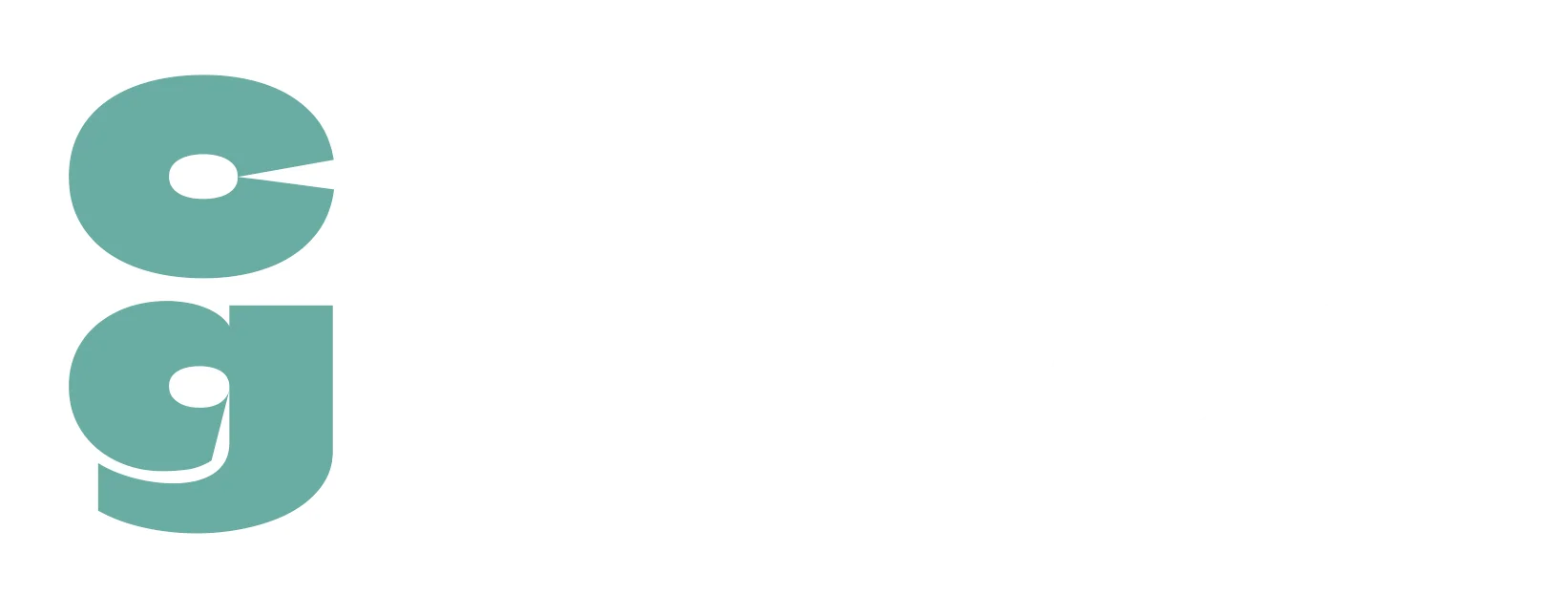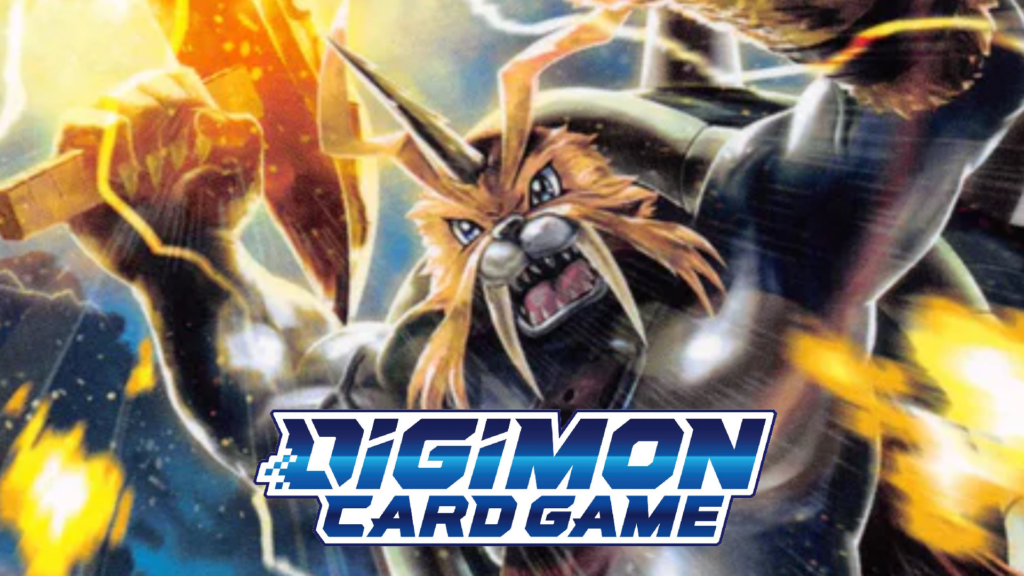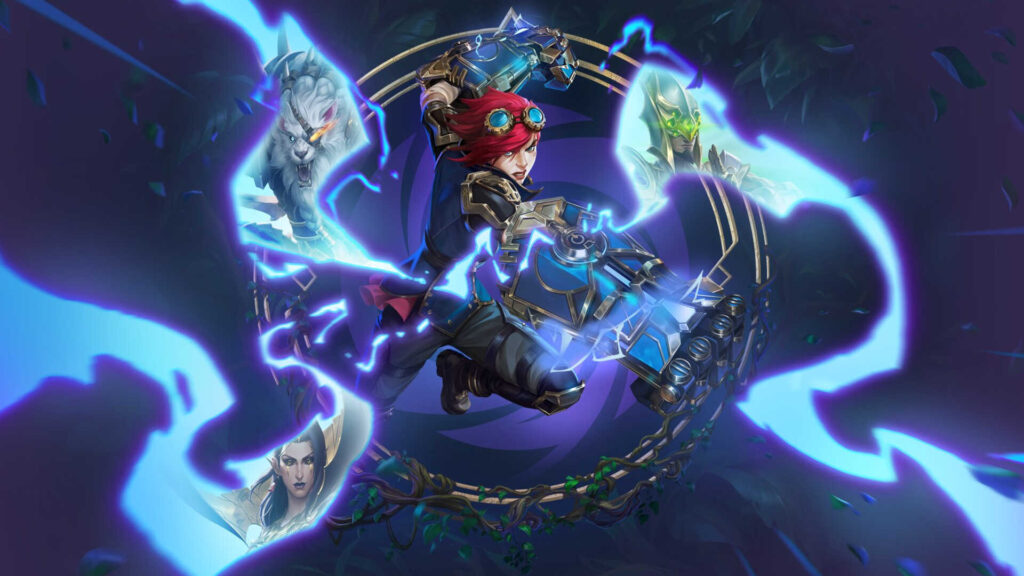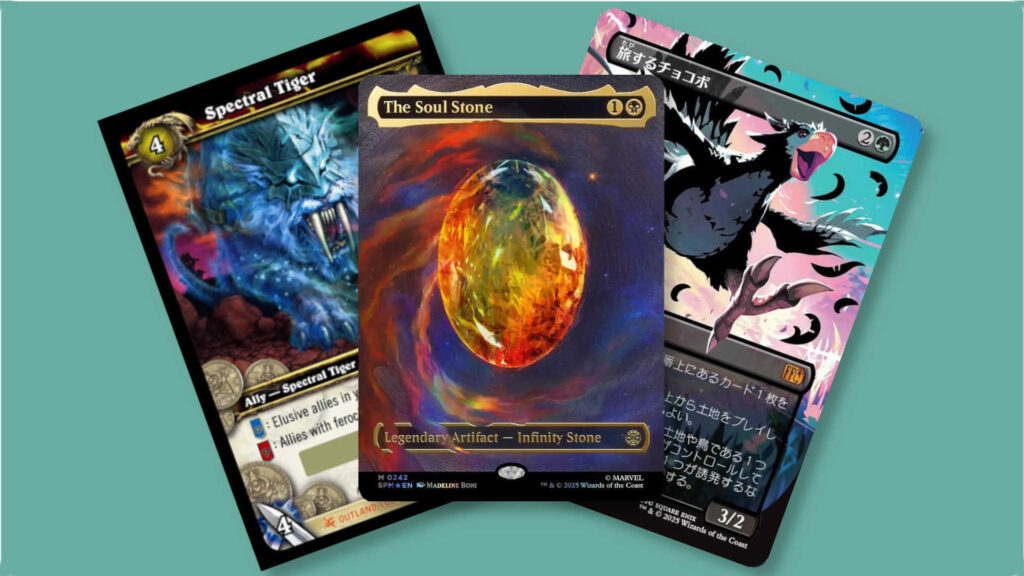Images courtesy of Bandai
The key component of any strategy game is the resource system. Learning to manage resources, be it in board games like Settlers of Catan or computer games like Starcraft, is fundamental to taking your gameplay to the next level. Unlike in Magic: the Gathering and Pokemon where you have to draw into your resources, Digimon gives you your resource system right from the get go. The memory gauge is unique in that it functions like tug of war. You can dictate how much memory your opponent has access to on their turn, and vice versa, and the amount of memory you have access to in turn dictates the scale of the plays you make.
Understanding when to play close to the zero gauge to limit your opponent and when to make a larger, splashier play that gives them more memory is the most important step to improving your play. The most successful decks right now all play as close to the zero gauge as they can, and often have the tools to pass the turn then, through resolving effects, gain memory to bring the turn back to do more plays. This is a large factor to why purple and blue decks do well competitively. The stacks that they build often have inherited effects that trigger to gain memory when certain actions are performed, and the decks are built to exploit those actions.
Table of Contents
ToggleThe Importance of Gaining Memory in Digimon
Tamers play an integral part of controlling your memory. The majority of tamers will either set your memory to 3 at the start of your turn or they’ll gain memory when conditions are met, such as the opponent having a Digimon in play. Most decks run roughly four to eight tamers depending on how many other sources of memory gain they have, and will usually have at least two memory setters as a precaution against getting choked.
Since the memory gauge operates like tug of war, the opponent will often try to set you as close to zero possible to limit your plays, just as you try to do to them. That’s why it’s important to have the tools to fight getting choked on memory, and tamers are some of the best available.
How to Play Hopscotch With the Zero Gauge
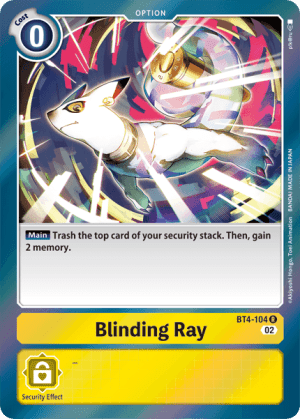

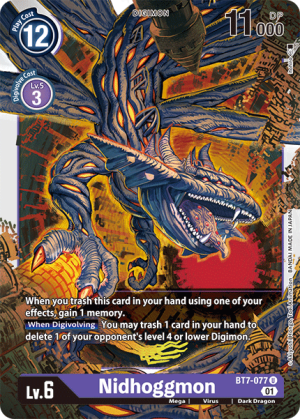
MirageGaogamon and the various purple Dark Animal decks are great examples of this. MirageGaogamon fills the opponent’s hand, then gains memory for every four cards in their hand, often negating its own digivolving cost and sometimes even netting memory in the process. Dark Animal decks, conversely, often gain memory when trashing cards from hand or when playing Digimon by effects. Since most of the Digimon in the deck trash cards or play bodies when digivolving, the deck is able to play close to the zero gauge and gain the memory back to keep turn. By extending your plays, these decks are able to have a larger overall impact each turn than decks that just perform one or two actions before passing the turn.
These types of decks will also load up their option suites with cards that either gain them memory, like Mist Memory Boost or Blue Memory Boost, or cards that can reduce the cost of digivolving, such as Wisdom Training and Blue Scramble. These cards make it even easier to control your memory as you build up a threat, especially when you’re gaining memory off of other effects as you’re digivovling.
Purple Hybrid, one of the scariest aggro decks in the format right now, goes even further with this concept by gaining memory with Koichi Kimura BT7, Nidhoggmon BT7, memory boosts, and Jack Raid. This incremental memory gain accumulated through the Velgrmon loop and Koichi’s effects can extend your plays and maintain pressure while making it easier to choke the opponent’s memory on their turn.
Making the Big Plays Worthwhile
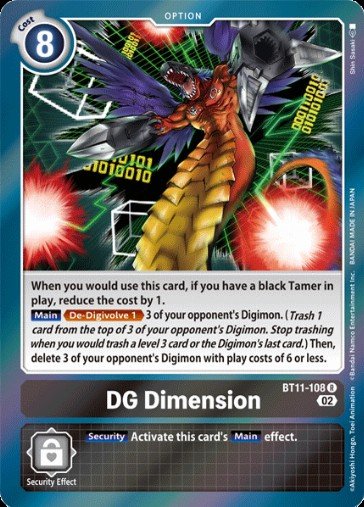
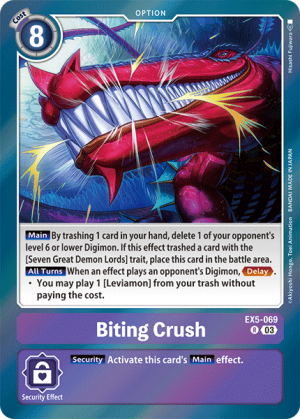
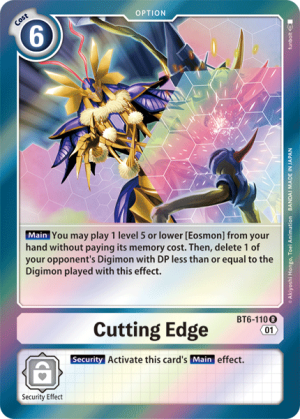
This isn’t to say that giving your opponent more memory is a bad thing. Often the correct play is to give them more memory if it means clearing their board. For example, hard playing a removal option like Heaven’s Thunder or Ultimate Flare can clear the board, and even if the opponent gets five memory in the process, resetting them to an empty board means that memory will have to go toward building a new threat. Most control decks operate on this mentality since your main game plan is to run the opponent out of resources, and this shift in tempo can go a long way to bringing yourself back into the game.
Another way to look at it is how much memory worth of value you generate from a play, and that can justify a larger memory investment. For example, say we play Cutting Edge and play the level 5 Eosmon BT17 and delete an opponent’s level 4 Digimon. We’re investing six memory if we play the Cutting Edge or the Eosmon, but because we deleted a Digimon one has a far higher impact for the memory spent. Furthermore, Eosmon has an [On Play] that lets us play a tamer if the opponent refuses to play a tamer, and then we de-digivolve 1 an opposing Digimon for every two tamers in play. Say we play a Menoa Bellucci BT6 off the effect.
That six memory Cutting Edge investment got us a body, a four-cost tamer, deleted a Digimon, and de-digivolved another. That’s at minimum ten memory worth of cards being played on top of the impact on the opponent’s board, all for six memory.
Using Cost Reductions in Digimon
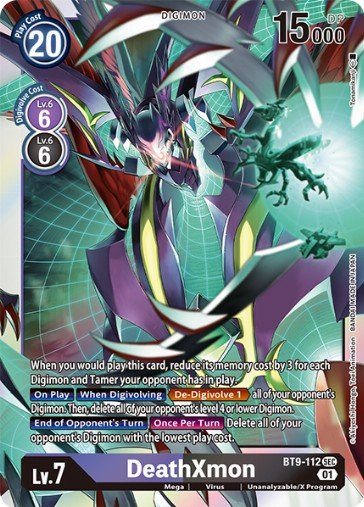
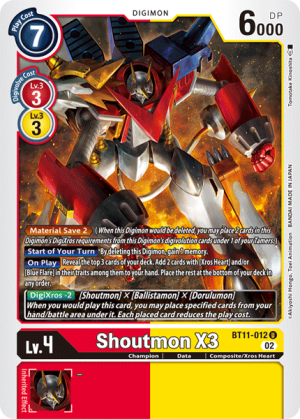
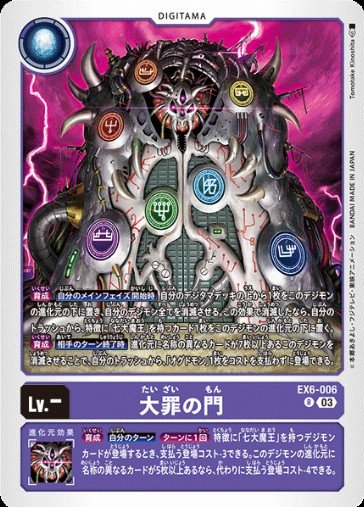
Cost reduction is another important method of managing your memory. Royal Knights and Seven Great Demon Lords both have ways of playing their high-level Digimon for a reduced cost, but these decks will often pass the opponent large amounts of memory if they try to make more than one or two plays. However, the impact each of their plays has is so great that even if you’re passing four or more memory you’re still in the better position. Often these decks will play their threat for a reduced cost, answer an opposing Digimon, then pass the turn by playing a smaller threat. Even if they give the opponent four or more memory, the opponent still has to deal with two threats while rebuilding their own.
Seven Great Demon Lords takes this even further since, due to how Gate of Deadly Sins works, they can choose not to use one of the cost reduction effects. That way if they don’t have a follow-up play, they can instead choke the opponent to as little memory as possible to throttle their ability to counter-play. They can use this to even greater effect once they have enough different sources to use the 4-cost reduction since with each effect they have the option to reduce by three or four memory. Once that’s a factor they can mix and match cost reductions to give the opponent as little memory as possible, which in turn will usually give them more to work with when the opponent makes a counterplay.
DigiXros cards are another way to reduce play costs and play larger threats for minimal memory. Cards with this mechanic allow you to pay less by adding specific Digimon to your sources when you play them. For example, Shoutmon X5 costs 10 to play normally, but for every Digimon you use as a DigiXros source, you reduce the cost by two memory. With five different cards you can use as sources, you can potentially play a level 5 Digimon for zero memory investment!
In Summation
At the end of the day, there are multiple ways to be successful with the memory gauge, and this success stems from knowing how your deck uses its memory. Most decks will fall into the above categories for memory usage, and with practice manipulating the memory gauge becomes second nature. The back and forth of the memory gauge is a subgame unto itself, so learning matchups will give you better insight into how to play that tug of war.
Digimon has one of the most interesting and in-depth resource systems in TCGs, and mastering its use is the foundation of any good player.
Want more Digimon content? Check out all the details we know about the upcoming sets in 2025.
